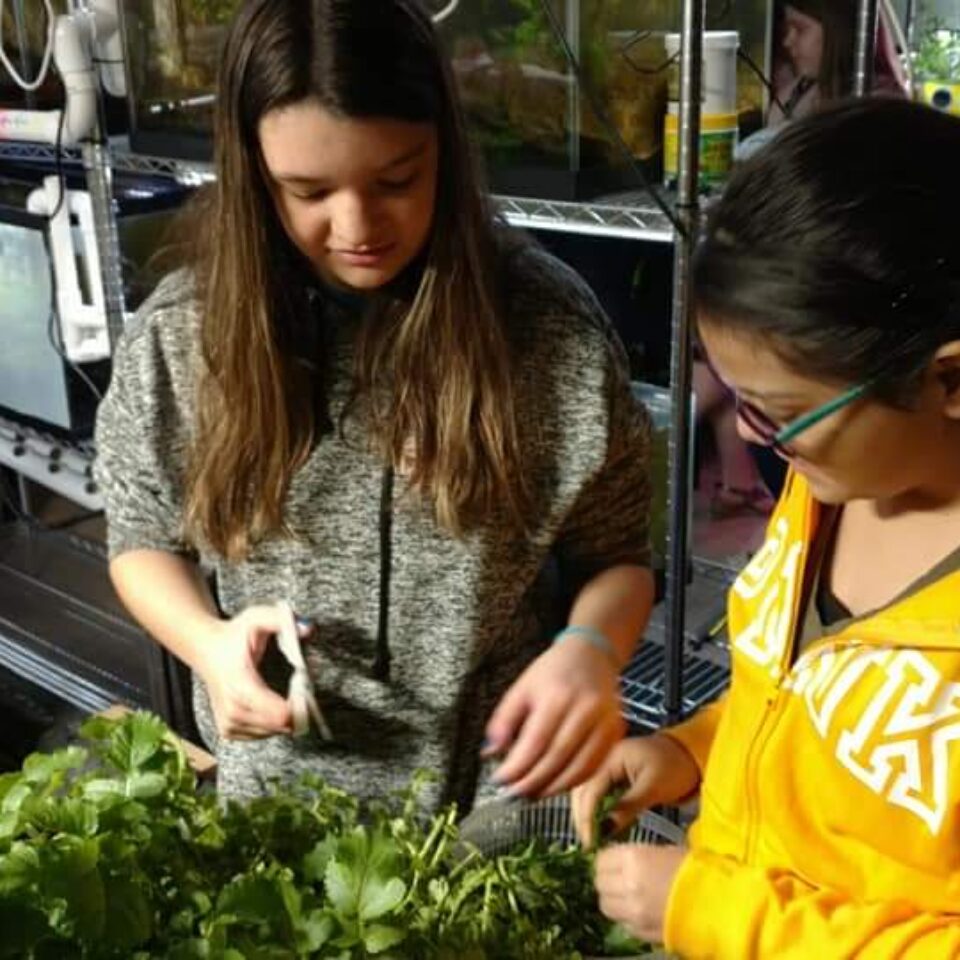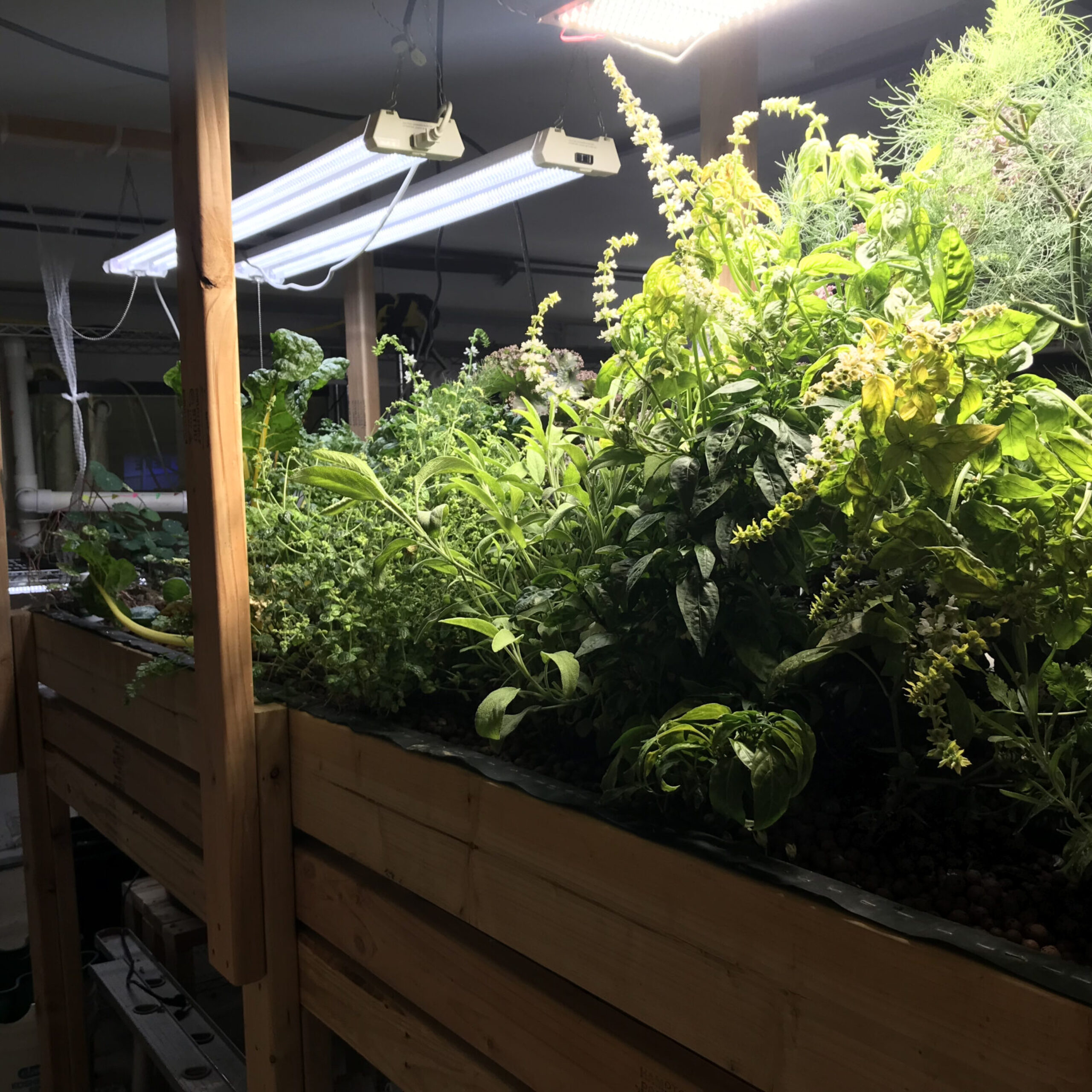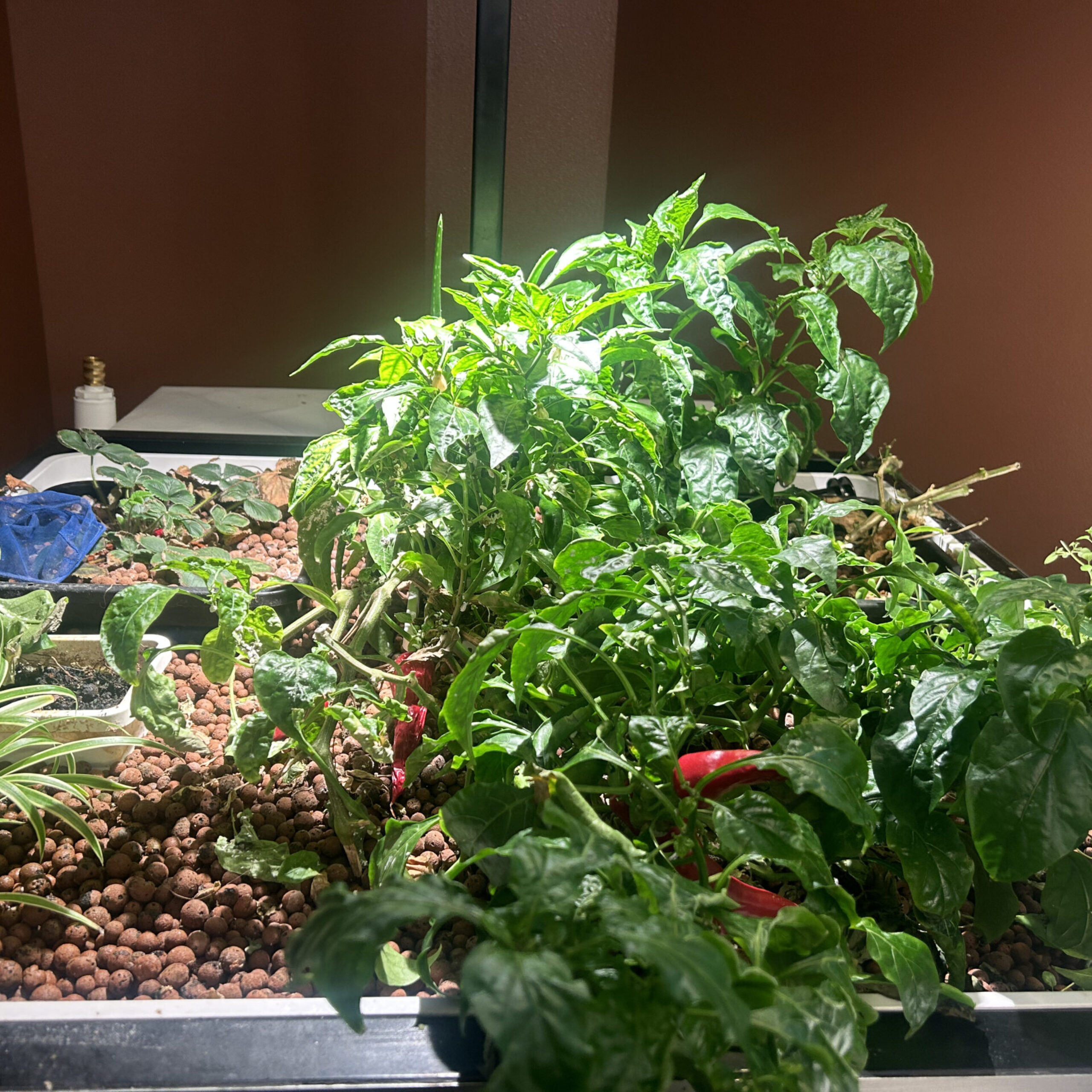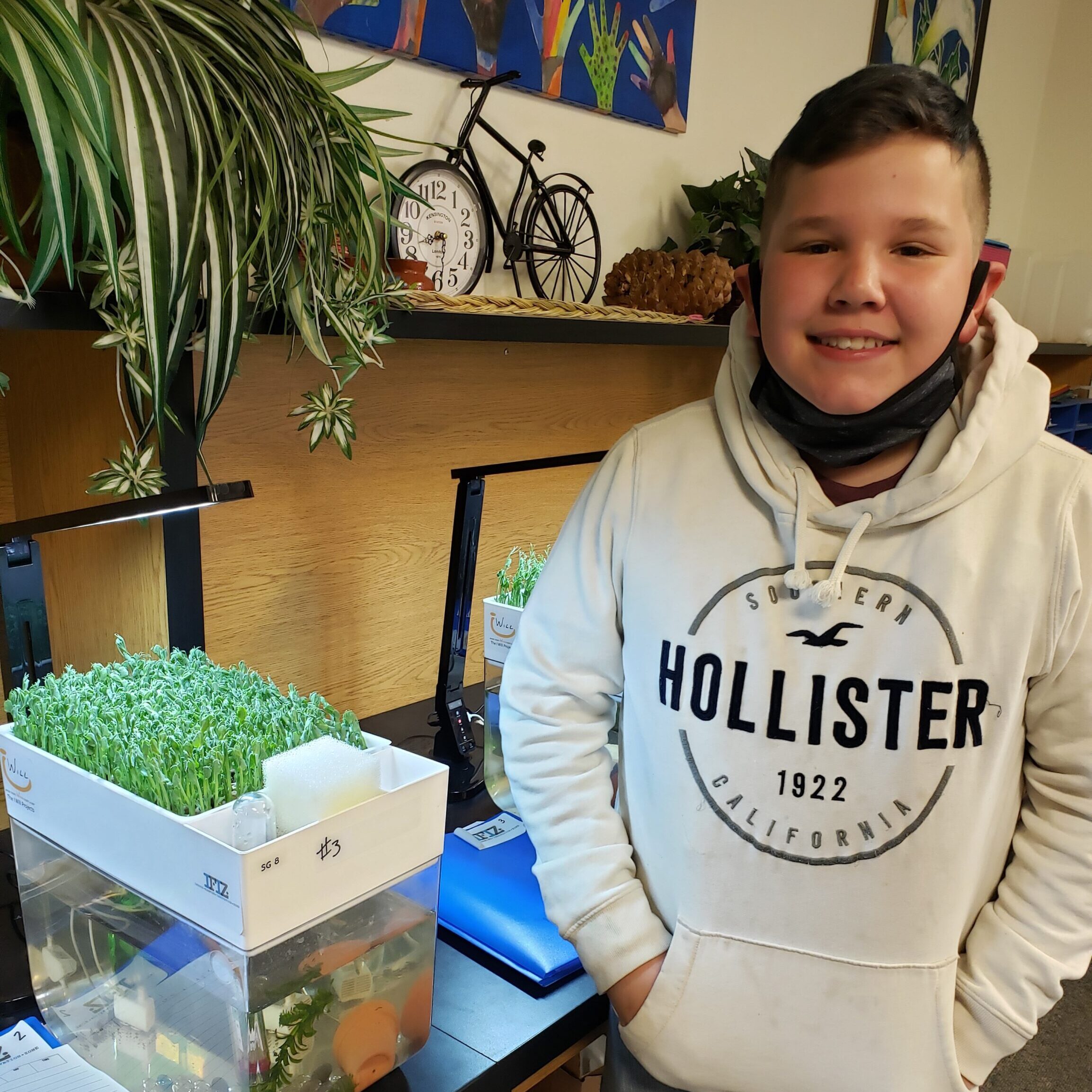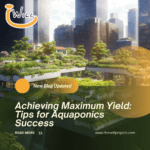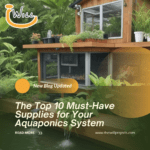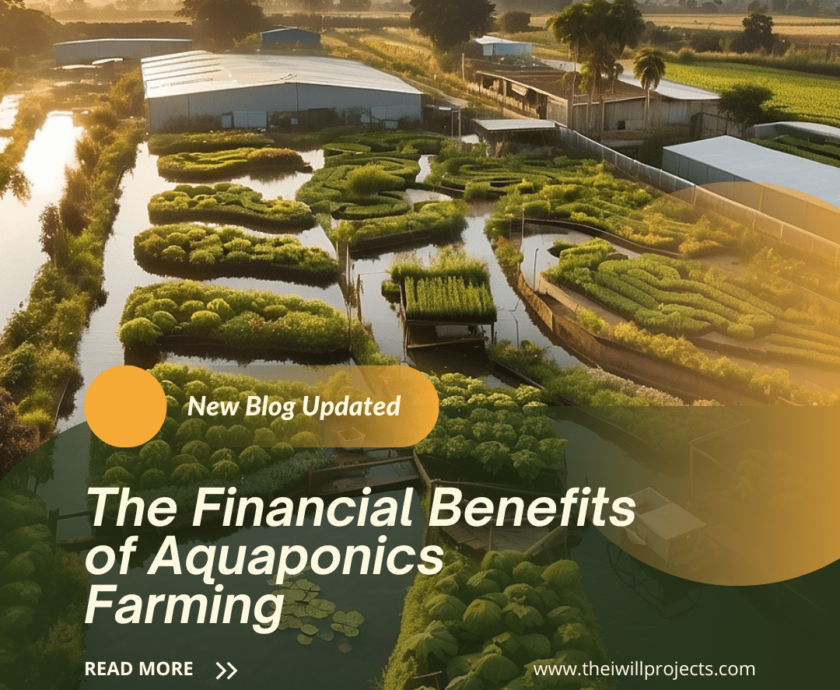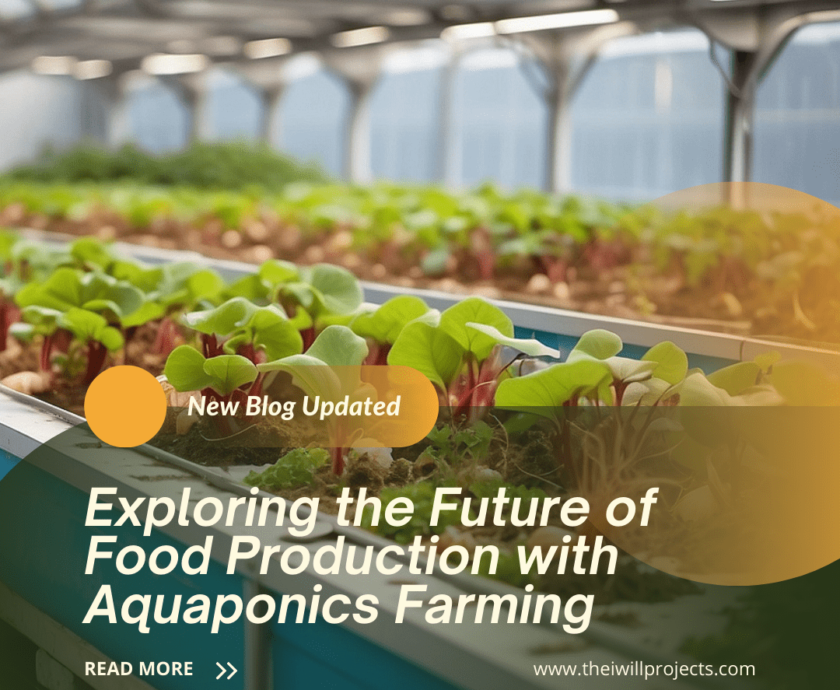In the face of gravity, vertical farming teaches us to rise above limitations and reach for the stars. You have the power to redefine what is possible.
TweetTable of contents
Introduction
Vertical farming is an innovative approach to agriculture that holds the potential to address the pressing issue of feeding the world’s growing population.
With the global population projected to reach 9.7 billion by 2050, traditional farming methods may struggle to meet the increasing demand for food.
Indoor agriculture offers a sustainable solution by utilizing vertical space, advanced technology, and controlled environments to grow crops efficiently and year-round.
In this article, we will explore the concept of vertical farming, its benefits, the technologies involved, and its potential impact on global food production.
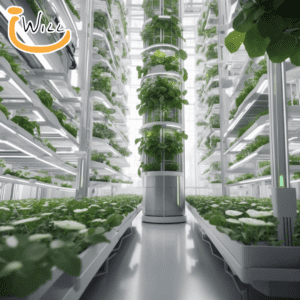
What is Vertical Farming?
Vertical farming refers to the practice of cultivating plants in vertically stacked layers or structures, utilizing indoor farming techniques such as aquaponics, hydroponics and aeroponics.
Unlike traditional farming that relies on large plots of land and favorable weather conditions, vertical farming maximizes the use of vertical space, enabling crops to be grown in controlled environments, such as warehouses, greenhouses, or even vertical towers.
By stacking the growing areas, vertical farming optimizes land usage, minimizes the need for pesticides and herbicides, and reduces water consumption.
The Benefits of Vertical Farming
Indoor farming offers a range of benefits that make it an attractive solution for feeding the world’s growing population. Let’s explore some of these advantages:
Higher Crop Yield: Vertical farming allows for multiple layers of crops to be grown vertically, significantly increasing the yield per square foot compared to traditional farming methods.
Year-Round Production: By controlling the environmental conditions, such as temperature, light, and humidity, vertical farms can provide optimal growing conditions throughout the year, regardless of the external weather.
Reduced Water Usage: Indoor farming employs advanced irrigation systems, such as hydroponics and aeroponics, which use significantly less water compared to conventional farming. Water can be recycled and reused within the system, minimizing waste.
Elimination of Pesticides and Herbicides: In controlled environments, vertical farms can minimize or eliminate the need for chemical pesticides and herbicides, leading to healthier and safer produce.
Minimized Land Usage: Indoor farming maximizes land usage by growing crops in vertical layers, reducing the need for vast expanses of farmland. This is particularly beneficial in urban areas where land availability is limited.
Reduced Transportation Costs: By growing food closer to urban centers, vertical farming reduces the distance food needs to travel, resulting in lower transportation costs and reduced carbon emissions.
Enhanced Food Security: Indoor farming provides a local and decentralized food production system, which can enhance food security by reducing dependence on long-distance food supply chains and mitigating the risks associated with climate change and disruptions in global food production.
Vertical Farming Technologies
Indoor farming relies on several key technologies that enable efficient plant growth in controlled environments. These technologies are continually evolving, enhancing the productivity and sustainability of vertical farming systems.
Let’s explore some of the essential technologies involved:
Aquaponics: Aquaponics combines hydroponics with aquaculture, creating a symbiotic system where plants and fish coexist. The waste produced by the fish is converted into nutrients for the plants, while the plants filter and clean the water, creating a sustainable and integrated farming system.
Hydroponics: Hydroponics is a soilless cultivation method where plants grow in nutrient-rich water solutions. The roots are suspended in the nutrient solution, which provides all the essential minerals required for plant growth. This technology allows for precise control over nutrient delivery, water usage, and pH levels.
Aeroponics: Aeroponics is another soilless cultivation technique that involves growing plants in an air or mist environment without the use of soil or a nutrient solution. Plant roots are suspended in a chamber, and a fine mist of nutrient-rich water is sprayed directly onto the roots, promoting efficient nutrient absorption.
Artificial Lighting: As natural sunlight is often limited in indoor environments, artificial lighting plays a crucial role in vertical farming. LED (Light Emitting Diode) lighting systems provide specific light spectrums optimized for plant growth, allowing farmers to tailor the lighting conditions to different crop requirements.
Climate Control: Maintaining optimal environmental conditions is vital in vertical farming. Climate control systems regulate temperature, humidity, CO2 levels, and air circulation within the vertical farm, creating an ideal environment for plant growth.
Automation and Robotics: Vertical farming often employs automation and robotics to streamline operations and improve efficiency. Automated systems can monitor and adjust environmental conditions, nutrient levels, and irrigation schedules, reducing labor requirements and enhancing precision.
Environmental Sustainability and Vertical Farming
Indoor farming has the potential to significantly contribute to environmental sustainability.
Let’s explore some of the ways vertical farming can positively impact the environment:
Reduced Land Degradation: By utilizing vertical space and minimizing land usage, vertical farming helps reduce deforestation and the conversion of natural ecosystems into farmland.
Water Conservation: Vertical farming systems employ advanced irrigation techniques that use significantly less water compared to conventional farming. This conservation of water resources is crucial in regions facing water scarcity or droughts.
Energy Efficiency: Indoor farms can be designed to be energy-efficient by utilizing LED lighting, precise climate control, and optimized resource allocation. This reduces energy consumption and the carbon footprint associated with food production.
Reduced Chemical Use: Controlled environments in vertical farms enable the reduction or elimination of chemical pesticides and herbicides. This minimizes water and soil contamination, preserving biodiversity and promoting ecological balance.
Mitigating Climate Change: Vertical farming can help mitigate climate change by reducing transportation emissions associated with long-distance food supply chains. By growing food locally, carbon emissions can be significantly reduced.
Repurposing Urban Spaces: Indoor farming can utilize abandoned buildings, warehouses, or underutilized urban spaces for food production, repurposing them for sustainable agriculture and revitalizing urban areas.
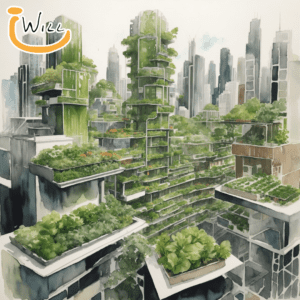
How Vertical Farming Addresses Food Security
Food security is a significant global concern, particularly in regions with limited arable land, extreme climates, or rapid urbanization. Indoor farming offers several ways to address these challenges and improve food security:
Localized Production: By growing food closer to urban centers, vertical farming reduces dependence on long-distance food supply chains. This localized production enhances food security by reducing the vulnerability to disruptions in global food production and transportation.
Year-Round Availability: Vertical farming’s controlled environments allow for year-round crop production, ensuring a continuous supply of fresh produce regardless of seasonal variations or weather conditions.
Rapid Urbanization: As the world’s population increasingly migrates to urban areas, indoor farming can provide a sustainable solution to produce fresh food within cities, reducing the need for long-distance transportation and minimizing urban food deserts.
Community Empowerment: Indoor farming can empower communities to take control of their food production and access fresh, nutritious food. Community-based vertical farms can strengthen local economies, promote self-sufficiency, and foster social cohesion.
Emergency Response: Vertical farming’s scalability and adaptability make it an excellent tool for emergency response during natural disasters or humanitarian crises. Rapid deployment of vertical farming systems can provide immediate access to food in affected areas.
Innovative Food Solutions: Indoor farming allows for the cultivation of a wide variety of crops, including rare or exotic species that are not commonly grown in traditional agriculture. This diversity of crops can enhance food diversity and provide novel food solutions for specific dietary needs or cultural preferences.
Conclusion
Vertical farming offers a promising solution to the challenge of feeding the world’s growing population.
By utilizing vertical space, advanced technologies, and controlled environments, vertical farming can enhance crop yields, reduce resource consumption, and address the limitations of traditional agriculture.
With its numerous benefits, including higher crop yield, reduced water usage, and enhanced food security, Indoor farming has the potential to revolutionize food production and create a more sustainable and resilient global food system.
FAQs about Vertical Farming
Can vertical farming be economically viable?
Vertical farming has the potential to be economically viable, especially in urban areas with high demand for fresh produce. The reduction in transportation costs, higher crop yields, and year-round production can make vertical farming economically competitive with traditional farming methods.
How does vertical farming address resource limitations?
Vertical farming addresses resource limitations by maximizing land usage, reducing water consumption, and optimizing resource allocation. By using advanced technologies and controlled environments, vertical farms can produce more food using fewer resources compared to conventional agriculture.
What are the limitations of vertical farming?
While vertical farming offers numerous advantages, it also has some limitations. High initial setup costs, energy requirements for lighting and climate control, and the need for specialized knowledge and skills are some of the challenges that vertical farming systems currently face.
Can vertical farming replace traditional agriculture entirely?
Vertical farming is unlikely to replace traditional agriculture entirely, but it can complement and enhance existing farming methods. Vertical farming is particularly suitable for urban areas and regions with limited arable land, while traditional agriculture can continue to meet the demands of rural and large-scale farming.
What crops can be grown in vertical farms?
A wide range of crops can be grown in vertical farms, including leafy greens, herbs, strawberries, tomatoes, peppers, cucumbers, and even some root vegetables. The choice of crops depends on the specific technologies and environmental conditions within the vertical farm.
Is vertical farming sustainable in the long term?
Vertical farming has the potential to be sustainable in the long term, provided that it incorporates efficient resource management, renewable energy sources, and responsible farming practices. Ongoing research and technological advancements will further enhance the sustainability of vertical farming systems.
Do plants grow faster in vertical farming?
Yes, plants often grow faster in vertical farming systems due to the controlled environment, optimized lighting, and efficient nutrient delivery.
Are vertical farms worth it?
Vertical farms can be worth it, especially in urban areas where land is scarce and food security is a concern. They provide fresh produce with less water and pesticide use, but the economic feasibility depends on the local context and scale.
Why does vertical farming use less water?
Vertical farming uses less water because it employs hydroponic, aeroponic, or aquaponic systems that recycle water, minimizing waste and evaporation.
The I Will Projects, a 501(c)3 organization serving communities since 2014, believes in multiple solutions to address global challenges. Our IFIZ education programs focus on general aquaponics, growing microgreens and sprouts, and insect farming. These programs empower communities by expanding knowledge, developing collaboration, and advocating for sustainable innovation. Our aim is to contribute to a regenerative food system, ensuring access to healthy food and recognizing food as medicine. Click Here to Learn More.




